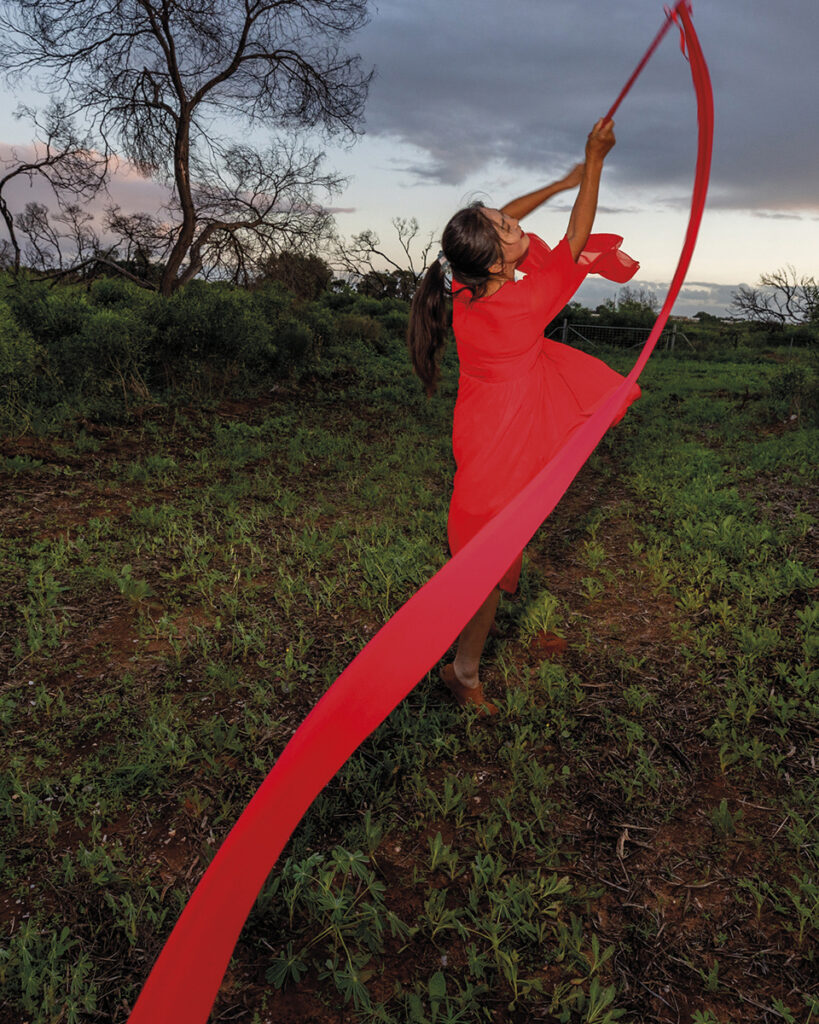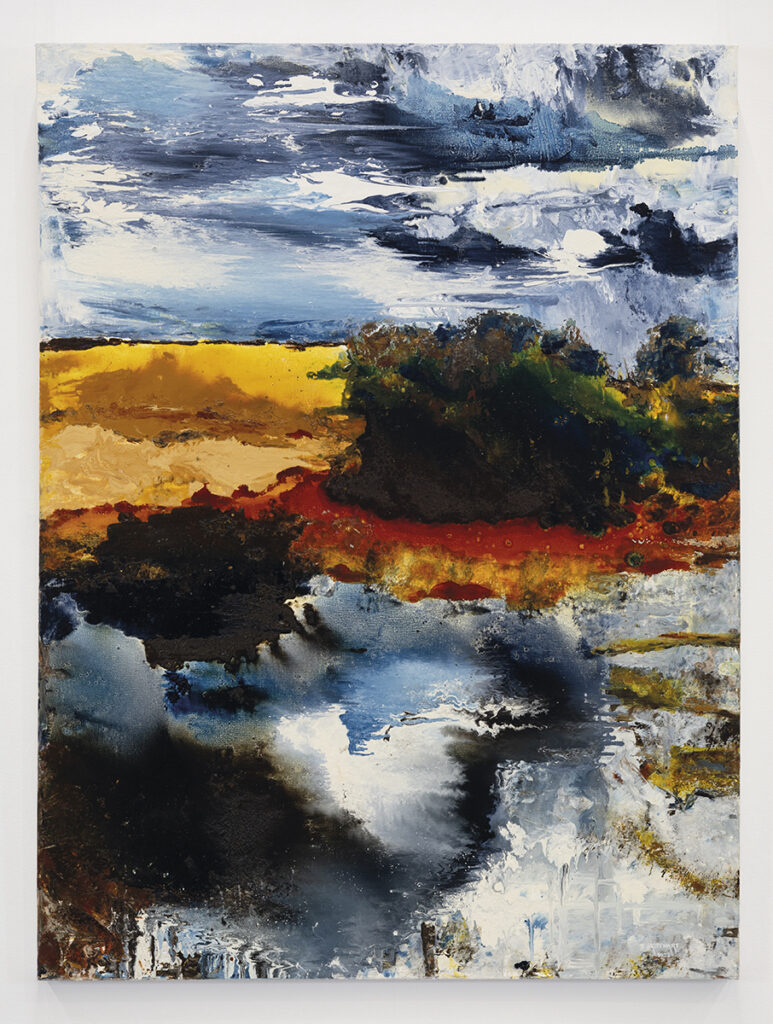Over the last three years the Mycelium project has presented 12 exhibitions, one in every region of WA. The culmination of this project, Open Borders, celebrates the creative energy of our regional artists, says Craig McKeough.
Isolation no obstacle for artists
24 August 2023
- Reading time • 6 minutesVisual Art
More like this
- Waves of influence span an ocean
- A walk with Tina Stefanou
- A blaze of glorious people
Open Borders, various artists
John Curtin Gallery
The Open Borders initiative was conceived as a response to the closed borders, external and internal, that both disrupted and protected life in Western Australia at the height of the COVID-19 period.
However, the concept of borders is nothing new to people in remote and regional areas of the State. Isolation is a way of life, as are limited access to a variety of services and costly transport options. The pandemic just accentuated the issues.

While Open Borders is a snapshot of that time, the exhibition is not focused on disadvantage. It is really about artists and communities overcoming borders and obstacles, and celebrates the creative energy in WA’s regions, something that is easily overlooked in an arts industry that can often be city-centric and insular.
Co-curated by Albany’s Annette Davis with John Curtin Gallery’s Jane King and Lia McKnight, the Open Borders survey is the culmination of Mycelium, a three-year project that is an initiative of Southern Forest Arts. The resulting exhibition encompasses all of WA, however, with 12 regional projects leading up to this showcase at John Curtin Gallery. The mycelium fungus is the perfect analogy for the often unseen networks that link communities in a healthy artistic ecosystem.
And it is clear from this flagship exhibition that the visual arts are thriving in regional WA where makers are expressing their unique experiences and ideas in a multitude of aesthetically and intellectually stimulating ways.
While COVID-imposed borders appear as a theme throughout the display, the borders theme is applied much more widely than that, with many of the 40 artists examining social, psychological and emotional barriers, and even the freedom that comes with the absence of borders.
It is unfair to isolate a handful of works in such a diverse collection, but as an indicative sample of what is on show, consider these:
SHUI ZIYOU / Water Without Borders, by Chinese Dance Hub, is a visually arresting collection of 36 photographs of expat Chinese women in Geraldton, each capturing the exuberance of movement in a choreographed dance. The dancers are dressed in flowing, bright scarlet garments in stark contrast to the dullness of their natural surroundings, delivering a joyous celebration of life and belonging.
Gabrielle Gehlhaar has created a spectacular structure from driftwood and found rope collected on morning beach walks near her home in Denmark. Hope on fragile ground, a seemingly haphazard and insecure tower, reaches into the gallery ceiling and appears to speak of the way that many artists in remote areas have to approach their work – relying on self-motivation and often making do with the materials they find around them.

Helen Seiver’s hand-stitched found blanket is a revelation. Seiver, who lives in the South West, traces the journey of the Nullagine River in the Pilbara, portraying the river itself as a border with bright red and pink thread stitched to one side of the winding waterway and darker hues on the other. The result is a stunning visual achievement that leaps right out of the dark background like a rampant Chinese dragon.
Judith Stewart’s oil painting Refuge at Craignish evokes beautifully the wide open spaces of her farm near Lake Grace in an eye-catching work that elevates the colours and textures of the local lakes, scrub and sky. In so doing she highlights the natural borders that the network of lakes provide as well as the human-imposed ones of farm fences and roads.
There is much to explore and enjoy in Open Borders – ceramics, jewellery, textiles, drawing, sculptural installations and more fill the gallery spaces with works that are the result of intriguing conceptual ideas and considerable skill. It is a wonderful opportunity for artists in remote areas to find a wider audience and access professional development, and for visitors from the metropolitan area to appreciate the breadth and depth of what is happening in visual arts across the State.
Open Borders continues until 8 October 2023
Pictured top: installation view of ‘Open Borders’, John Curtin Gallery, 2023. Photo: Brad Coleman
Like what you're reading? Support Seesaw.





